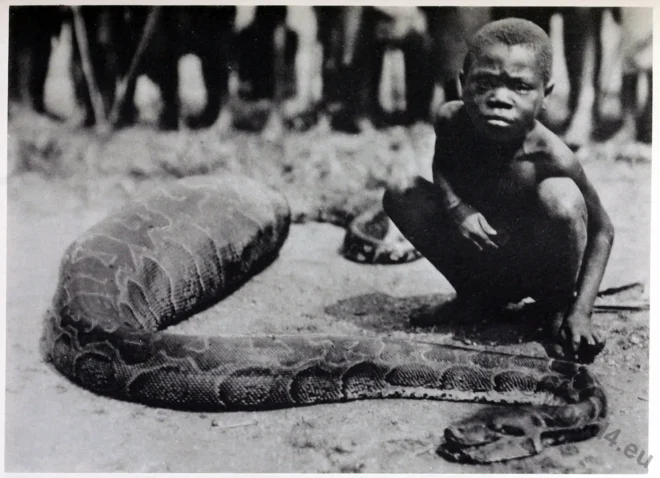Explanation of the six sentences written on the finger joints.
Tag: Superstition
Cipher representing the three blessings. Chinese superstitions.
Happiness, emolument and longevity: Fuh-luh-show
The character Shou, Longevity. Chinese superstitions.
Artistic cipher, representing the character shou 壽, Longevity.
Charm conferring peace and felicity. Chinese superstitions.
The annexed is a peace-conferring charm, and is commonly styled P‘ing-ngan-fu.
Python worship. Serpent worship in Afrika.
The worship of the python. Indiolali ceremony. Python god Adumu. Priests and priestesses.
Lung. Chinese Dragons. Appearances and classification.
Chinese dragon and its cultural significance, in mythology and folklore.
The Seven Patrons of Happiness & the Japanese Treasure Ship.
The Shi chi fuku Jin (七福神 shichifukujin) or seven Patrons of Happiness.
The dragon in Asian art and culture.
Decorative motives of oriental art by Katherine M. Ball. The dragon in Asian art and culture.
A magic hand used as an amulet for averting the evil eye.
The Roman magic hand itself was considered a potent means of averting the evil eye.
The Dervishes of the various Orders. Islamic mysticism.
The religious doctrines, monastic organisation, and ecstatic powers of the dervish orders.










